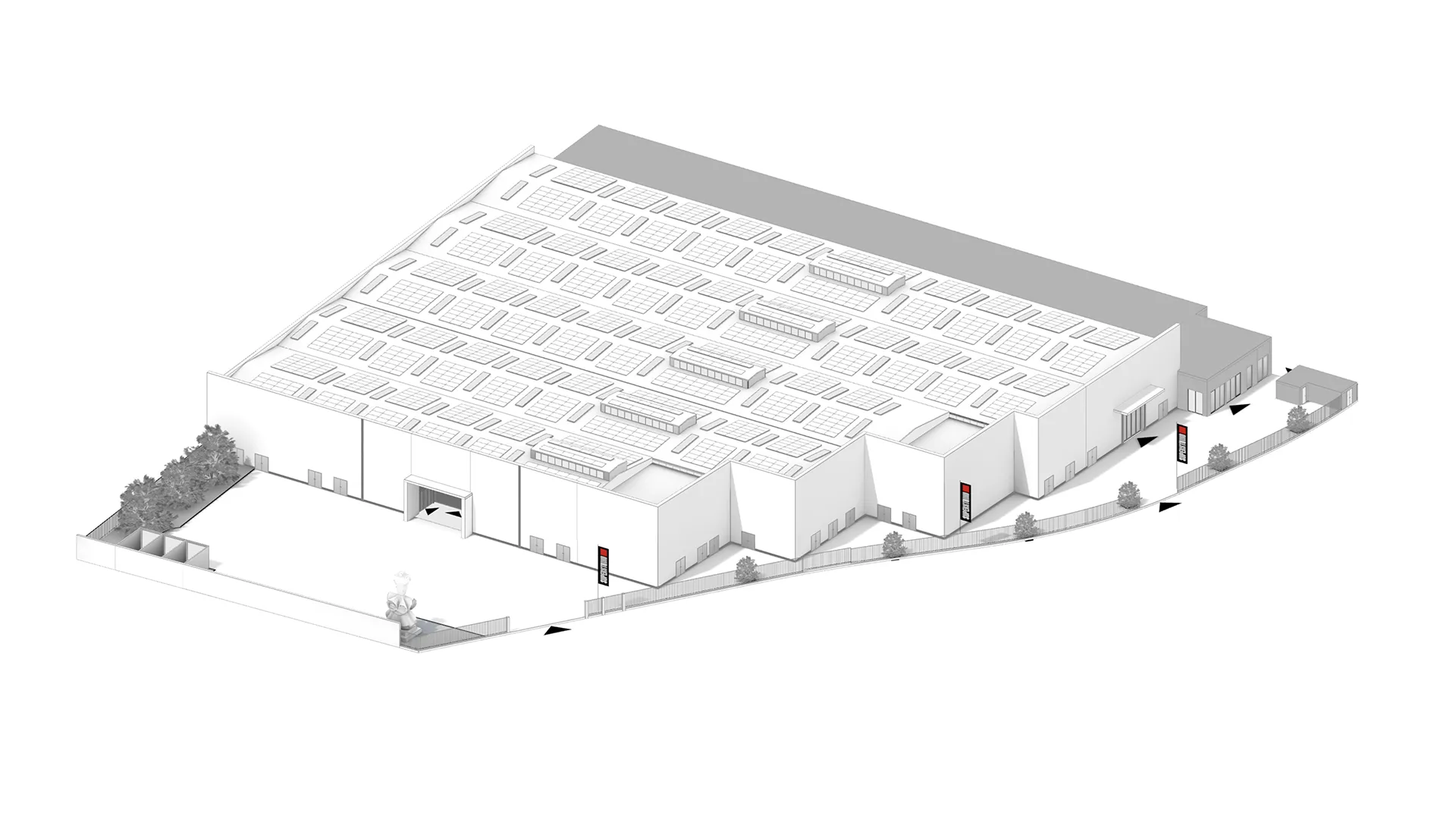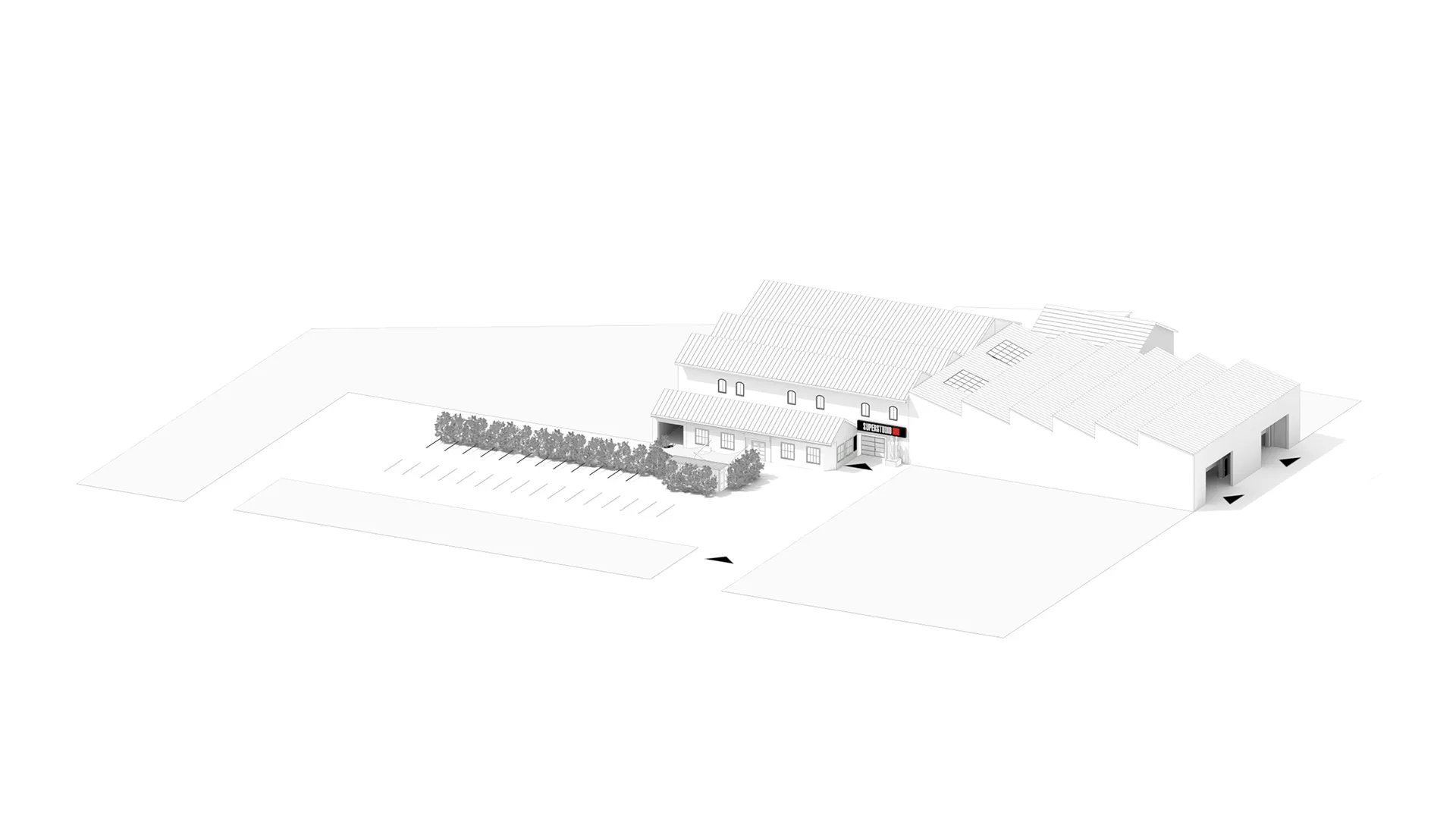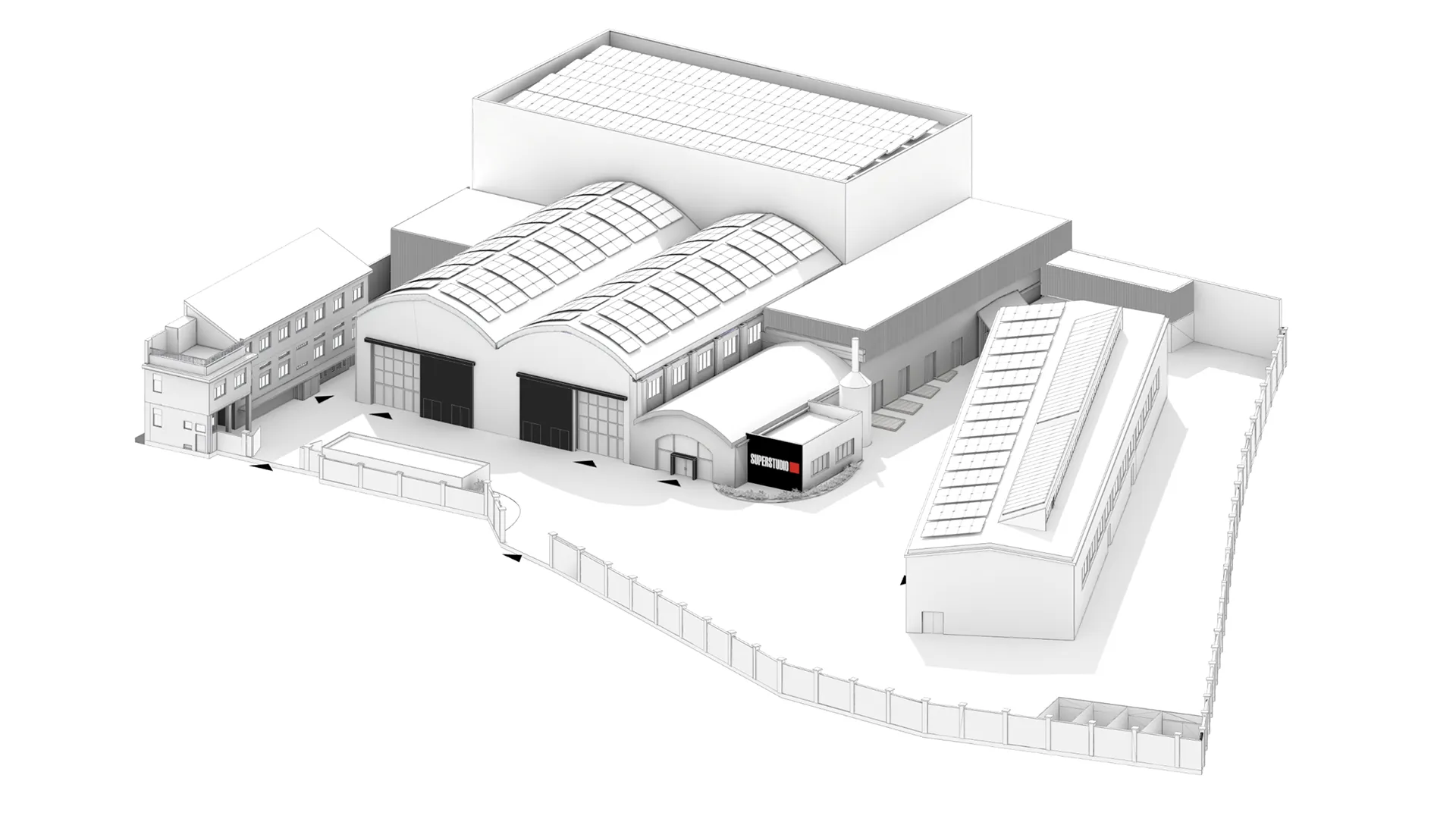The world of trade fairs is vast and includes a wide variety of events: from the Salone del Mobile to EICMA and Vinitaly, just to name a few of the most well-known. Consequently, the organization and management of these events also vary significantly from one to another. However, based on our extensive experience in the field, we’ve observed that there are some common guidelines that apply to all types of trade shows. By sharing these insights, we hope to simplify the work of anyone involved in planning and organizing a trade fair.
Like any project, organizing a trade fair begins with an idea that takes shape by answering a series of key questions. Below is a checklist that can be useful to keep at hand during the planning phase—designed to help you deliver a high-quality, consistent, and smooth-running trade show. Here are the main steps!
Contents:
What is the budget for the trade show?
Selling exhibition space to exhibitors
Choosing the location
How to manage the fair's production?
The layout of the trade show
Ensuring trade show safety
Staffing the trade show
How to optimize trade show management through digital services? management of these events also vary significantly from one to another.However, based on our extensive experience in the field, we’ve observed that there are some common guidelines that apply to all types of trade shows: by sharing these insights, we hope to simplify the work of anyone involved in planning and organizing a trade fair.
Like any project, organizing a trade fair begins with an idea that takes shape by answering a series of key questions. Below is a checklist that can be useful to keep at hand during the planning phase—designed to help you deliver a high-quality, consistent, and smooth-running trade show. Here are the main steps!
Contents:
- What is the budget for the trade show?
- Selling exhibition space to exhibitors
- Venue's choice
- How to manage the fair's production?
- The layout of the trade show
- Ensuring trade show safety
- Staffing the trade show
- How to optimize trade show management through digital services?
What is the budget for the trade show?
First step is defining a budget, depends on two voices (and on the expectations of the public!):
- Selling exhibition space to exhibitors
- Venue's choice
Selling exhibition space to exhibitors
Selling spaces to exhibitors represents the main source of revenue in a trade show’s budget, along with any potential advertising and marketing sponsorships. For this reason, one of the very first steps in defining the available budget will be to determine how sellable these spaces are. these spaces are.
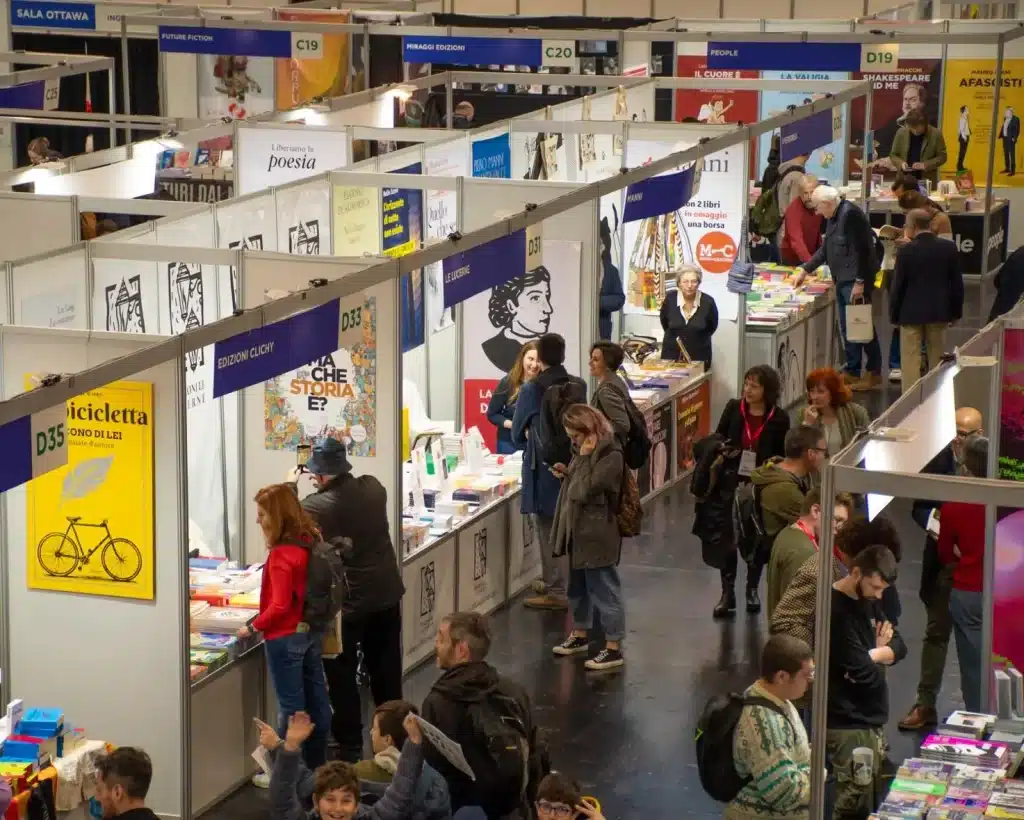
To do this, it is essential to understand the reasons that drive exhibitors to participate in a trade show—that is, to anticipate the business opportunities they expect to find at the event.
Typically, the main motivations for exhibitors include:
- Promoting their company and becoming a reference point in their industry
- Finding new suppliers or partners
- Finding new potential clients
The sellability of the exhibition spaces will therefore be directly proportional to the opportunities you offer potential exhibitors in terms of visibility, networking, and the ability to market their products and services.
Venue's choice
The most significant expense in organizing a trade show is usually the venue. However, the location also serves as the event’s calling card, so it must not be underestimated.
The venue should be:
- Spacious, but not excessively large: it should align with sales expectations and be appropriately sized based on the number of visitors you expect to attract.
- Accessible: logistically, it should be easy to reach via public transportation and offer ample nearby parking.
- Well-equipped: from entrance management to cleanliness and food services, the venue’s facilities play a key role in the success of the event.
For example, in Milan, Superstudio Events offers Superstudio Maxi, , a fully customizable 10.000 m² hub that can accommodate up to 3.400 people. The venue is also connected to the Famagosta metro station and major train stations.
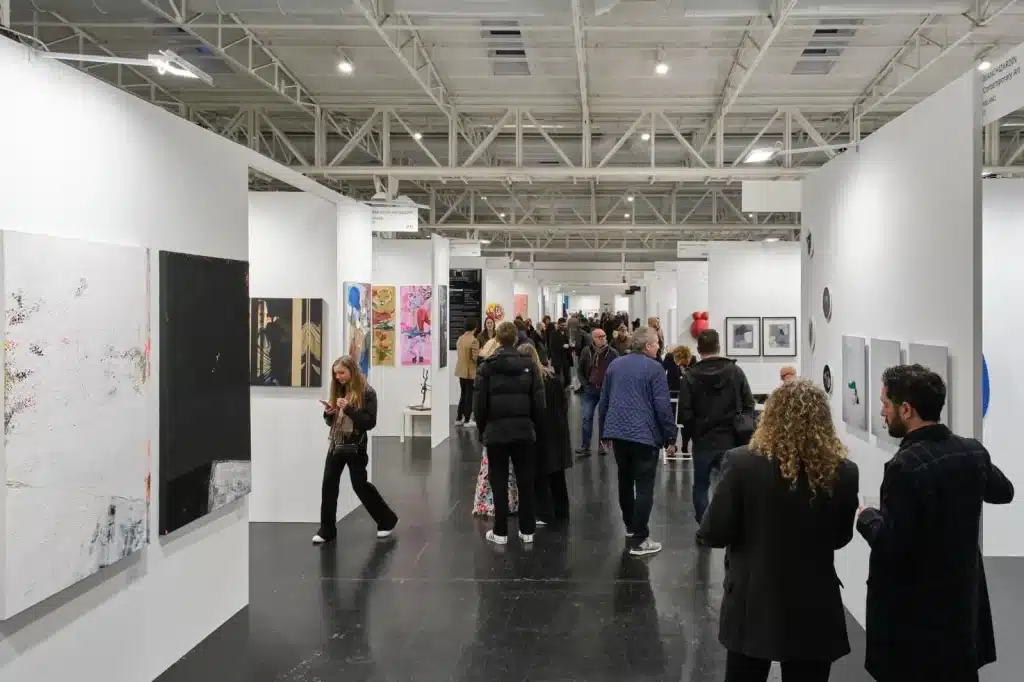
Would you like to organize a fair at Superstudio Maxi? Contact one of our consultants and discover the opportunities!
How to manage the production of a trade show?
One of the key factors in the success of a fair is its production, which plays a vital role in giving shape to the idea of the project. Producing an event means turning ideas into reality.
Trade show production is usually entrusted by the organizer to a specialized provider: for instance, in the case of trade shows hosted at Superstudio venues in Milan, Superstudio Events offers its in-house production team to support clients in need of assistance and consultancy.
There are many aspects that must be considered during production, but the primary goal is always to work in close synergy with the organizer focusing in particular on three core areas:
- Layout
- Safety
- Staffing
The layout of the trade show
A large part of a trade show’s success depends on theexhibition layoutwhich is typically managed by a staging or setup company and includes:
- The arrangement of exhibitor booths
- The flow of entry and exit points
- The positioning of reception desks and badge check areas
Choosing a production agency—or a venue with a dedicated production team like Superstudio Events, can greatly simplify these processes. The organizer’s role is to guide the client so the event can run smoothly and successfully. The first step is offering advice during the setups to ensure the layout is both harmonious and functional, based on the type of products exhibited and the number of expected attendees.
If you’d like to discover all the trade show services offered by Superstudio Events, feel free to contact one of our consultants: you’ll be called back right away!
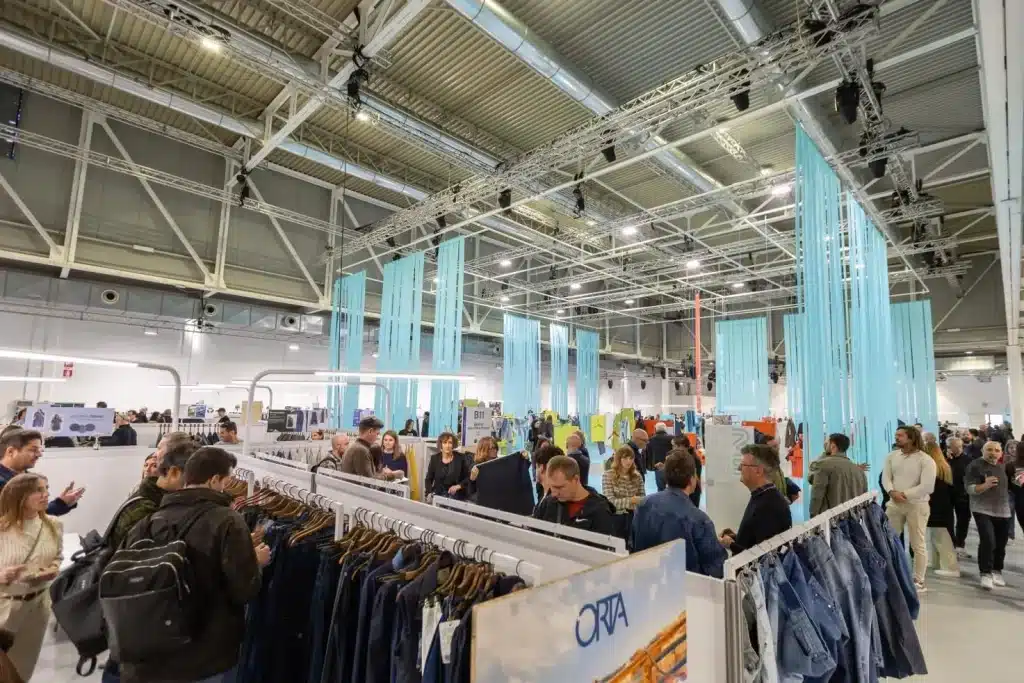
Ensuring trade show safety
n a context like a trade show—where large numbers of people are moving through the space—it is crucial to have a clear understanding of all safety protocols and regulations. In particular, you will need to consider the following:
- Compliance with the venue’s internal regulations, especially regarding emergency exits and maximum occupancy limits
- Presence of fire marshals and a medical station on site, in accordance with current legal requirements
- Evaluation of external and on-site security services depending on the nature and scale of the event
Adhering to safety regulations is essential to prevent accidents, however, navigating the complex network of rules and administrative requirementsisn’t always easy, especially since these norms are often updated and subject to change: that’s why it’s so important to rely on a competent and experienced event organizer for guidance and support.
Staffing the trade show
To ensure the event runs smoothly, it’s essential to plan forproper guest services, so both exhibitors and attendees can fully enjoy their experience. From theincrease of support services to managing cleanliness throughout the exhibition space, it’s crucial to have enough trained personnel on hand. This can truly make the difference between a high-quality event and one that falls short of expectations!
How to optimize trade show management through digital services?
To make a trade show truly attractive, you need to stand out. But how can you differentiate your event and catch the eye of potential partners and clients? By offering cutting-edge digital services that make the trade show experience delightful, meaningful and useful.
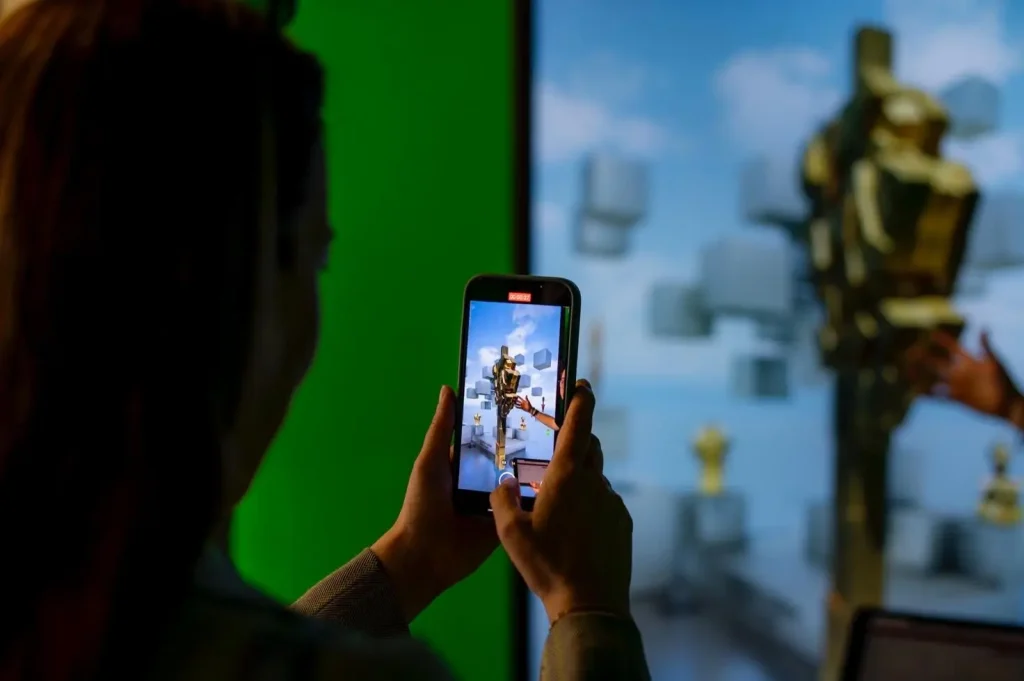
One of the most appreciated services is undoubtedly the one that simplifies entry access—typically through an app for online ticket sales. But that's not all: today’s technology enables a wide range of features that can significantly enhance a trade show’s success. Some of the digital services offered by Superstudio Events include:
- Participant registration and access management via app and QR code
- Live streaming of physical events
- Apps for interaction between exhibitors and visitors
- Augmented reality to create interactive virtual showcases and immersive experiences
But the list doesn’t end there. There are also apps designed to gauge attendee satisfaction through feedback surveys sondaggi di valutazione or to facilitate networking via chat and messaging services, all the way up to more advanced solutions. One particularly effective tool in the trade show context is gamification: this allows exhibitors to promote their products through contests or mini-games that attract attention and help collect valuable audience data.
Would you like to know more about these services or have any specific questions? Contact our experts to discover all the digital solutions that will turn your trade show into an unforgettable event!
